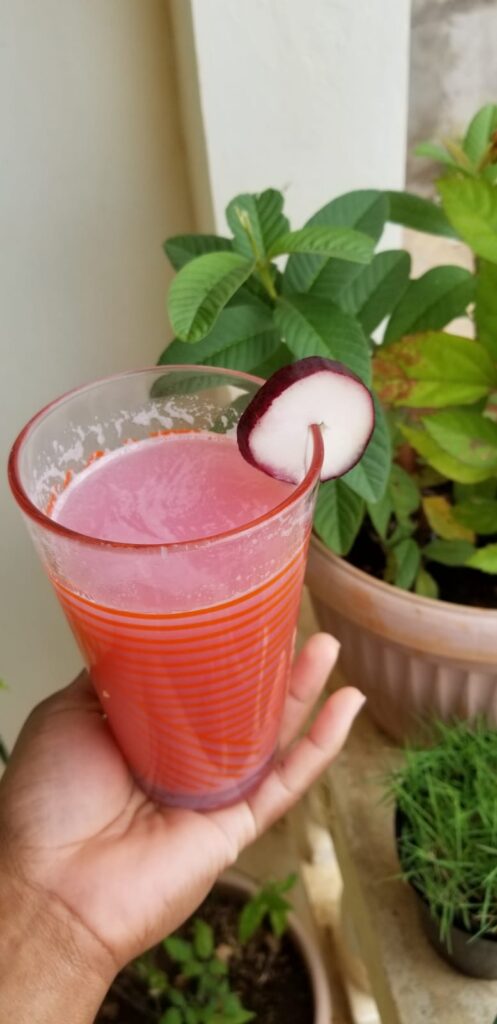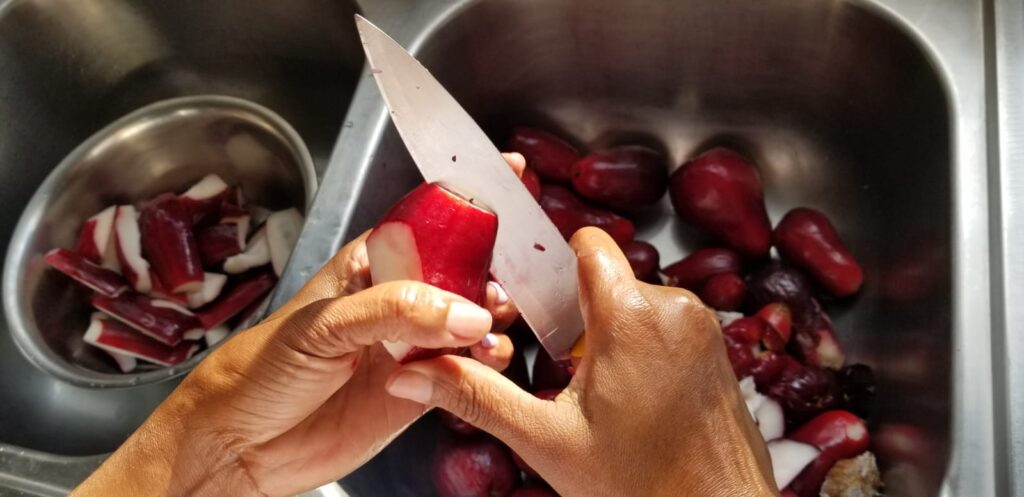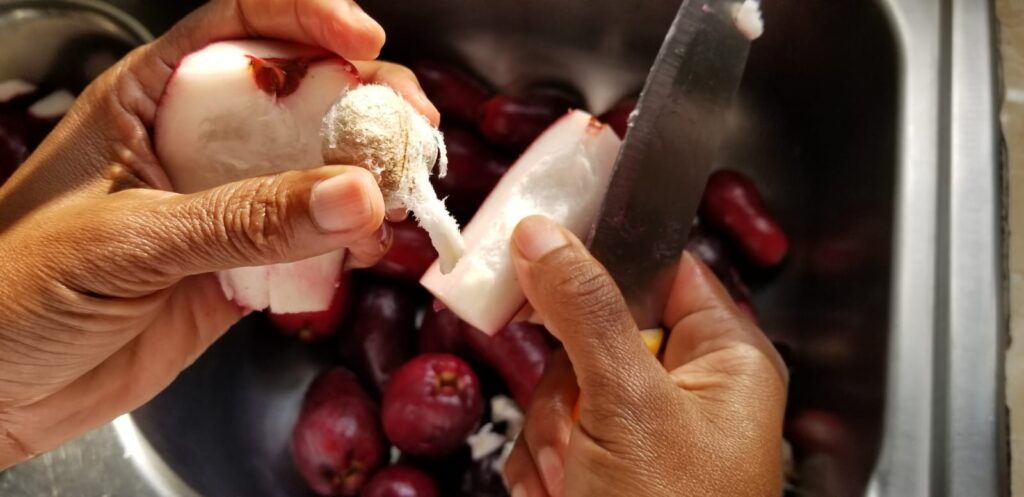History of Otaheite Apple
Otaheite apple, also known as Malay apple or Jamaican apple, is a tropical fruit that is believed to be native to the Malay Archipelago, which includes Indonesia, Malaysia, and the Philippines. The fruit has been cultivated in these regions for centuries and is highly valued for its sweet and juicy flesh, as well as its potential health benefits.
The fruit was first introduced to Jamaica in the 18th century by Captain Bligh, who is best known for the mutiny on the HMS Bounty. Bligh was a prolific botanical explorer and is credited with introducing many plants to the Caribbean, including the Otaheite apple.
From Jamaica, the Otaheite apple spread throughout the Caribbean and other tropical regions, including Hawaii, the Pacific Islands, and parts of South America. Today, the fruit is widely cultivated in many tropical countries and is enjoyed for its unique flavor and potential health benefits.
In addition to its culinary and nutritional uses, the Otaheite apple has also been used in traditional medicine to treat a variety of ailments, including diarrhea, fever, and coughs. The fruit's leaves, bark, and roots have also been used for medicinal purposes.
Overall, the Otaheite apple has a rich history and has played an important role in the culinary and cultural traditions of many tropical regions.
Benefits of Otaheite Apple

Jamaican apple, is a tropical fruit that is native to Southeast Asia and has spread to many other tropical regions. Here are some potential benefits of Otaheite apple:
Nutritional value: Otaheite apples are a good source of vitamin C, fiber, and antioxidants, which can help to boost your immune system and promote overall health.
Digestive health: The high fiber content in Otaheite apples may help to promote digestive health by improving regularity and preventing constipation.
Weight loss: Otaheite apples are low in calories and high in fiber, which can help to reduce appetite and support weight loss efforts.
Anti-inflammatory properties: Some research suggests that Otaheite apples may have anti-inflammatory properties, which can help to reduce the risk of chronic diseases such as heart disease and cancer.
Skin health: The vitamin C and antioxidants in Otaheite apples may help to promote healthy skin by protecting against oxidative damage and supporting collagen production.
Blood sugar regulation: The fiber and low glycemic index of Otaheite apples may help to regulate blood sugar levels, which can be beneficial for people with diabetes or those at risk for developing the condition.
Hydration: Otaheite apples have a high water content, which can help to keep you hydrated and support overall health.
It's important to note that while Otaheite apples offer potential health benefits, they should not be relied upon as a sole source of nutrition. A balanced and varied diet is essential for optimal health.
How to eat Otaheite Apples
Jamaican apples, are a delicious tropical fruit that can be enjoyed in a variety of ways.



Here are a few ideas for how to eat Otaheite apples:
Eat them fresh: The simplest way to enjoy Otaheite apples is to eat them fresh. Simply wash the fruit, cut it into wedges or slices, and enjoy the juicy and sweet flesh.
Make a fruit salad: Otaheite apples can be a great addition to fruit salads, along with other tropical fruits such as pineapple, mango, and papaya.
Juice or smoothie: Otaheite apples can be juiced or blended into smoothies for a refreshing and nutritious drink.
Jam or jelly: Otaheite apples can be used to make a delicious jam or jelly that can be enjoyed on toast, biscuits, or scones.
Chutney: Otaheite apples can also be used to make a tangy chutney that pairs well with grilled meats or curries.
Ice cream topping: The sweet and juicy flesh of Otaheite apples can be a great topping for vanilla ice cream or other desserts.
When eating Otaheite apples, it's important to note that the skin and seeds of the fruit are not usually consumed. The skin can be tough and bitter, while the seeds can be hard and woody. So be sure to remove both before eating or using the fruit in recipes.
How to use Otaheite Apple in recipes
Jamaican apples can be used in a variety of recipes to add a sweet and tropical flavor. Here are a few ideas for how to use Otaheite apples in recipes:
Otaheite apple pie: Just like traditional apple pie, Otaheite apple pie can be made by slicing the fruit, mixing it with sugar and spices, and baking it in a pie crust.
Otaheite apple salsa: Finely chopped Otaheite apples can be mixed with onions, peppers, and cilantro to make a delicious and refreshing salsa that pairs well with grilled meats or as a dip for chips.
Otaheite apple smoothie: Blended with ice, yogurt, and other fruits, Otaheite apples can be a great addition to a healthy and refreshing smoothie.
Otaheite apple chutney: Otaheite apples can be used to make a sweet and tangy chutney that pairs well with grilled meats or curries.
Otaheite apple jam: Otaheite apples can be used to make a delicious jam that can be enjoyed on toast, biscuits, or scones.
Otaheite apple salad: Otaheite apples can be sliced and added to a salad with mixed greens, nuts, and a tangy vinaigrette.
Otaheite apple crumble: Otaheite apples can be baked with a crumbly topping made from flour, sugar, and butter to make a delicious dessert.
